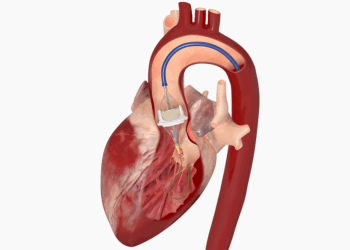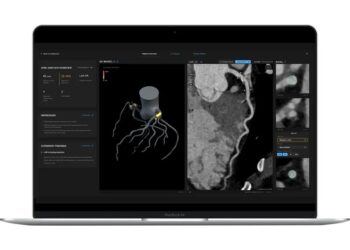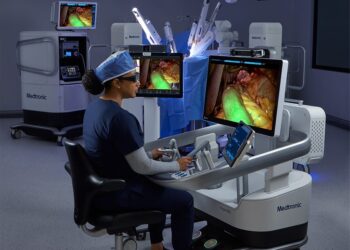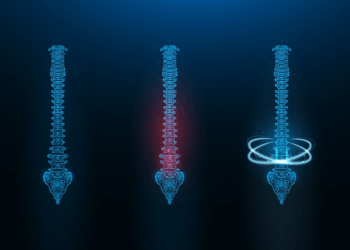### RAG vs. Fine-Tuning: A Technical Deep Dive into LLM Knowledge Injection
In the rapidly evolving landscape of Large Language Models (LLMs), one of the most critical architectural decisions we face is how to imbue them with specialized, domain-specific knowledge. An out-of-the-box foundation model is a marvel of generalized intelligence, but it’s a blunt instrument for tasks requiring deep, current, or proprietary information. The two dominant strategies to sharpen this instrument are Retrieval-Augmented Generation (RAG) and fine-tuning. While often presented as an either/or choice, the reality is far more nuanced. As practitioners, understanding the technical trade-offs is paramount to building robust and reliable AI systems.
—
### Main Analysis: Deconstructing the Approaches
Let’s break down the mechanics, strengths, and weaknesses of each method.
#### The “Open-Book Exam”: Retrieval-Augmented Generation (RAG)
RAG operates on a simple, powerful principle: instead of relying on the model’s static, parametric memory, we provide it with relevant information “just-in-time” to answer a query. Think of it as giving the model an open-book exam.
**The Architecture:**
A typical RAG pipeline involves two core stages:
1. **Retrieval:** When a user query comes in, it’s first converted into a numerical representation (an embedding). This embedding is used to search a knowledge base—typically a vector database containing chunks of your documents—for the most semantically similar information.
2. **Generation:** The original query and the retrieved context chunks are then packaged into a new, augmented prompt and sent to the LLM. The model’s task is now simpler and more constrained: synthesize an answer based *on the provided text*.
**Key Advantages:**
* **Knowledge Currency:** RAG’s primary strength is its ability to access up-to-the-minute information. Updating the knowledge base is as simple as adding a new document; no model retraining is required.
* **Reduced Hallucinations:** By grounding the model’s response in verifiable source text, RAG significantly mitigates the risk of factual invention or “hallucination.”
* **Traceability:** Because we know exactly which text chunks were retrieved, we can easily provide citations and allow users to verify the source of the information, building trust and transparency.
**Technical Considerations:**
The effectiveness of a RAG system hinges entirely on the quality of the retrieval step. Poor chunking strategies, a suboptimal embedding model, or a naive retrieval algorithm can all lead to irrelevant context being passed to the LLM, resulting in poor-quality or non-committal answers.
#### The “Specialized Training”: Fine-Tuning
Fine-tuning takes a different approach. Instead of providing external knowledge at inference time, we adapt the model’s internal parameters by continuing its training process on a smaller, curated dataset. This process fundamentally alters the model’s weights to embed new knowledge, style, or behavior.
**The Architecture:**
Fine-tuning involves preparing a dataset of high-quality examples (e.g., prompt-completion pairs) and using it to update the LLM’s weights. Modern techniques like Parameter-Efficient Fine-Tuning (PEFT), particularly methods like LoRA (Low-Rank Adaptation), make this feasible without needing to retrain the entire multi-billion parameter model. LoRA, for example, freezes the original weights and trains small, “adapter” matrices, dramatically reducing computational overhead.
**Key Advantages:**
* **Behavioral and Stylistic Adaptation:** Fine-tuning is unparalleled at teaching a model a specific *style*, *tone*, or *format*. If you need a model to consistently respond in JSON, adopt a particular persona, or follow a complex instruction set, fine-tuning is the superior tool.
* **Implicit Knowledge Embedding:** For domains with a stable, core set of knowledge, fine-tuning can embed this information directly into the model, resulting in faster inference as there’s no retrieval step.
* **Learning Complex Patterns:** It can teach the model to recognize and act on nuanced patterns within your domain that are difficult to express in a prompt or retrieve as a discrete piece of text.
**Technical Considerations:**
Fine-tuning is a static snapshot. The model will not know anything that happened after its training data was created. It is also susceptible to “catastrophic forgetting,” where it can lose some of its general capabilities if the fine-tuning process is not handled carefully. Furthermore, the knowledge it learns is opaque; it’s baked into the weights and cannot be easily traced back to a source document.
—
### Conclusion: A Hybrid Future
The expert’s answer to “RAG or fine-tuning?” is almost always: **”It depends, and very often, both.”**
The two methods are not mutually exclusive; they are complementary tools that solve different problems.
* Use **RAG** when your primary need is to inject factual, dynamic, and verifiable knowledge into the generation process. It is the go-to solution for question-answering over corporate documents, customer support knowledge bases, or any domain where information changes frequently.
* Use **fine-tuning** when your goal is to fundamentally alter the model’s *behavior*, *style*, or *reasoning patterns*. It’s for teaching the model a skill, not just feeding it a fact.
The most powerful AI systems will increasingly employ a hybrid strategy. Imagine a system fine-tuned on company communication logs to master its specific conversational tone and jargon, which then uses RAG to pull up real-time, dynamic data like product inventory or a specific client’s support history. This approach marries the behavioral consistency of a fine-tuned model with the factual accuracy of a RAG system. As developers and architects, our task is to move beyond the binary choice and learn how to skillfully orchestrate these powerful techniques in concert.
This post is based on the original article at https://www.technologyreview.com/2025/08/22/1121428/case-against-space-travel-book-reviews/.






















